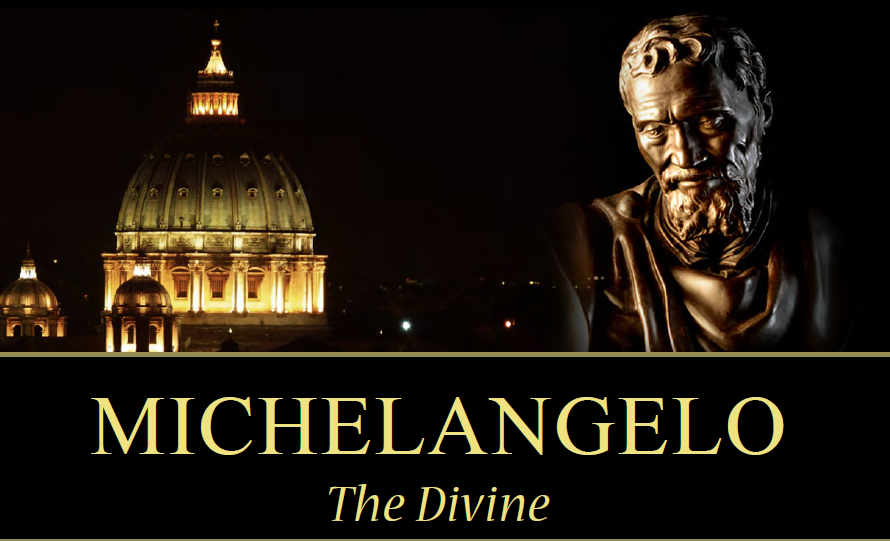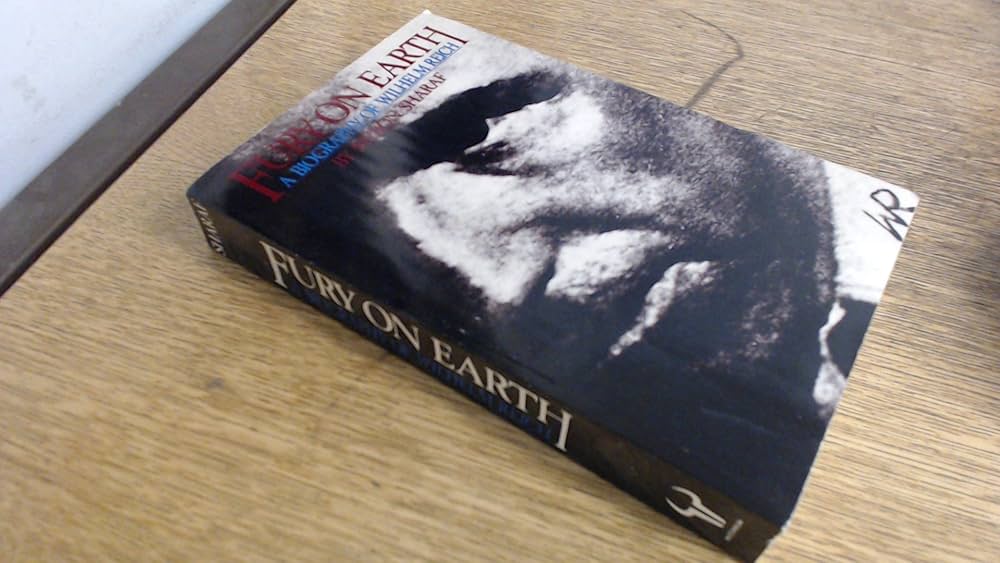Book Summary: Biography of Maria Montessori PDF
Introduction
The “Biography of Maria Montessori” is a powerful and inspiring story of one of the greatest educators in the world. Maria Montessori was not only a teacher but also a reformer who changed how the world looks at education. Her life teaches us about courage, patience, and the importance of respecting a child’s individuality.
Born in Italy in the late 19th century, Maria Montessori’s journey was not easy. At a time when women had very limited opportunities, she worked hard to break all barriers and become one of the first female doctors in Italy. But her true mission in life began when she started observing and teaching children in a new and revolutionary way.
This book beautifully describes her journey—from a determined young girl to a world-famous educationist whose Montessori Method is now followed across the globe.
Early Life and Education
Maria Montessori was born on August 31, 1870, in Chiaravalle, Italy. Her father, Alessandro Montessori, worked as a government official, while her mother, Renilde Stoppani, was well-educated and supported her daughter’s dreams.
From a young age, Maria showed great interest in learning. She loved mathematics and science—subjects not common for girls at that time. When she told her parents she wanted to become an engineer, they were surprised. Later, she decided to study medicine, which was even more difficult for a woman in those days.
After facing many struggles, Maria was finally accepted into the University of Rome Medical School. She faced discrimination and criticism from her male classmates, but she never gave up. In 1896, she became the first woman doctor in Italy—a huge achievement for that time.
Career Beginnings and Turning Point
After completing her studies, Maria started working with children who had learning disabilities. She noticed that these children were not given proper education or care. Through careful observation, she understood that children learn better when they are given freedom, love, and respect instead of strict discipline.
This experience changed her life. She began to study psychology, philosophy, and education deeply. She started developing her own teaching method, focusing on hands-on learning, independence, and self-discipline.
In 1907, she opened her first school in Rome called “Casa dei Bambini” (Children’s House). It was a small classroom for poor children, but what happened next shocked everyone. The children in her school showed amazing progress—they became independent, creative, and responsible. This success became the foundation of what we now call the Montessori Method.
The Montessori Method
The Montessori Method is one of the greatest contributions to modern education. It is based on a simple idea: every child has natural curiosity and potential. Instead of forcing children to memorize lessons, Maria Montessori believed in giving them the right environment and tools to learn naturally.
In her classrooms, children are free to move, explore, and choose what they want to learn. Teachers are not strict instructors; they act as guides and observers. Montessori introduced special learning materials—like wooden letters, sandpaper alphabets, and number rods—to help children learn through touch and experience.
Her philosophy respected every child as an individual. She said,
“The greatest sign of success for a teacher is to be able to say, the children are now working as if I did not exist.”
This method proved that when children are trusted and respected, they learn faster and become more confident.
Global Recognition and Later Life
Maria Montessori’s ideas spread rapidly across Europe, India, and America. She trained teachers and opened Montessori schools in different countries. Her books like “The Montessori Method” and “The Absorbent Mind” became bestsellers and were translated into many languages.
In 1939, during World War II, Maria Montessori came to India with her son, Mario Montessori. Here, she met Mahatma Gandhi and Rabindranath Tagore. Both were impressed with her vision of education. Montessori lived in India for several years and trained hundreds of Indian teachers. Even today, many Montessori schools in India follow her original principles.
After the war, she returned to Europe but continued her mission until her death. Maria Montessori passed away on May 6, 1952, in the Netherlands, leaving behind a legacy that continues to shape education systems around the world.
Legacy and Impact
Maria Montessori’s contribution to education is beyond comparison. Her approach gave birth to a global movement that focuses on child-centered education. Today, thousands of schools in over 100 countries follow the Montessori system.
She proved that education is not about forcing information but awakening curiosity. Her life also became a message for women all over the world—that with determination and hard work, they can achieve anything.
Her teachings continue to inspire not only educators but also parents and leaders who believe in creating a better world through compassionate and intelligent children.
Conclusion
The “Biography of Maria Montessori PDF” is not just a book about an educator—it is a story of a visionary woman who changed how the world thinks about learning. Her dedication, courage, and love for children created a revolution in education that still continues.
If you are a student, teacher, or parent, this book will help you understand how small changes in how we teach can create big results in how children grow. The Montessori Method reminds us that education should always focus on freedom, respect, and self-learning.
Maria Montessori’s life is a lesson in itself—believe in yourself, respect others, and never stop learning.








